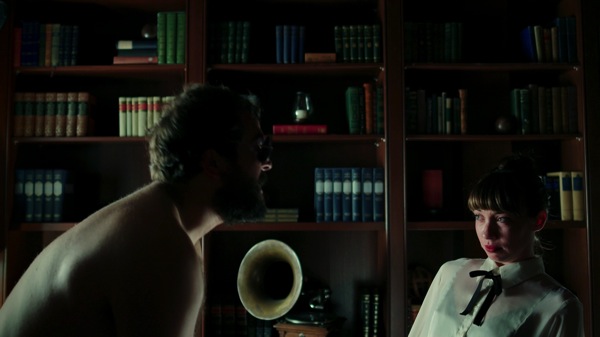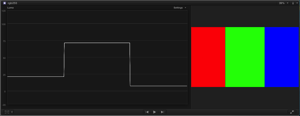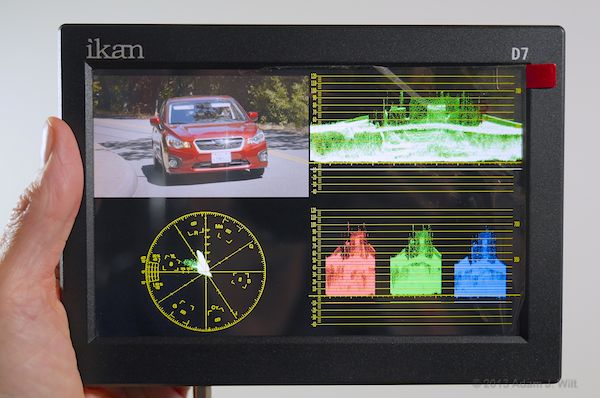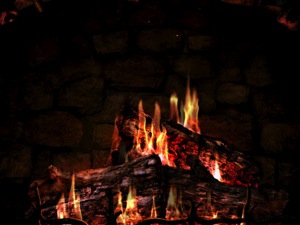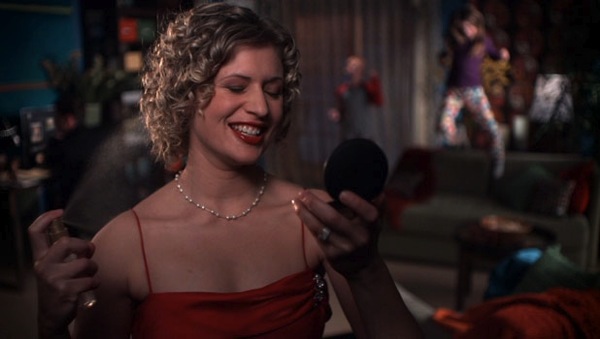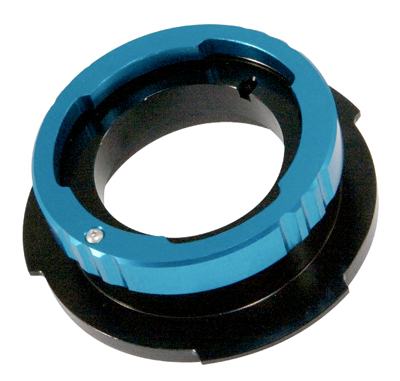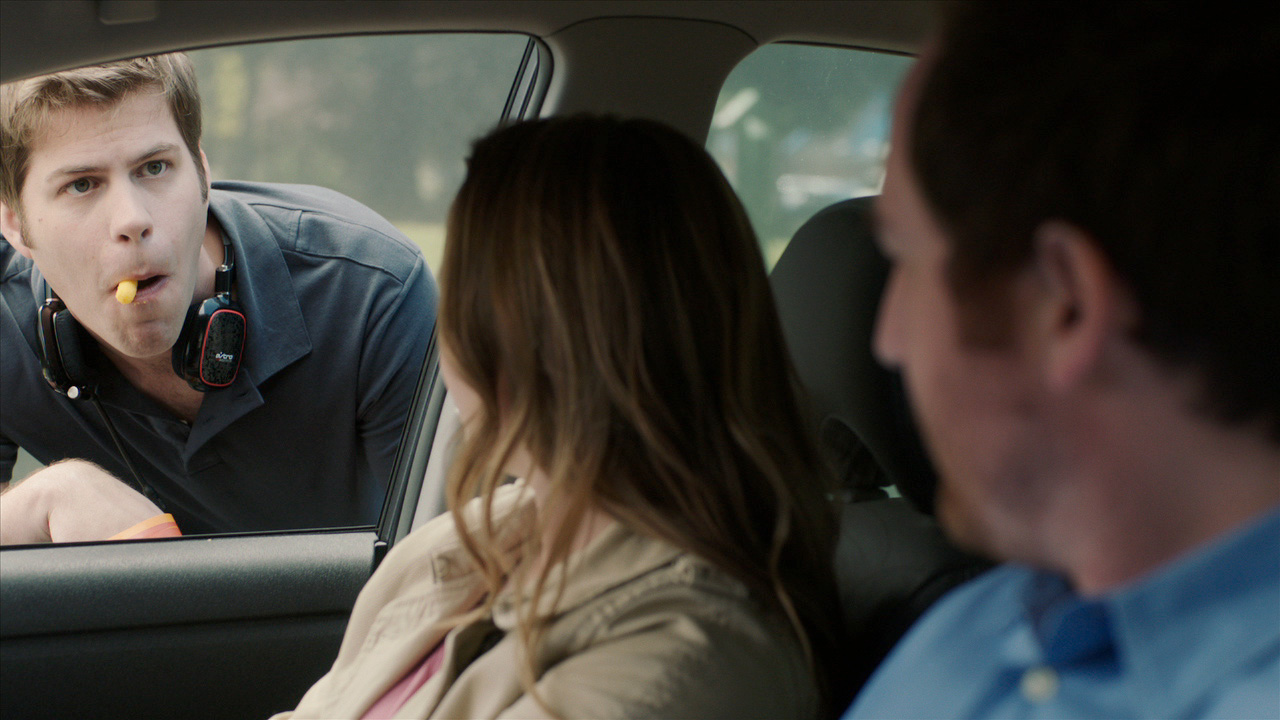The art and science of making media.
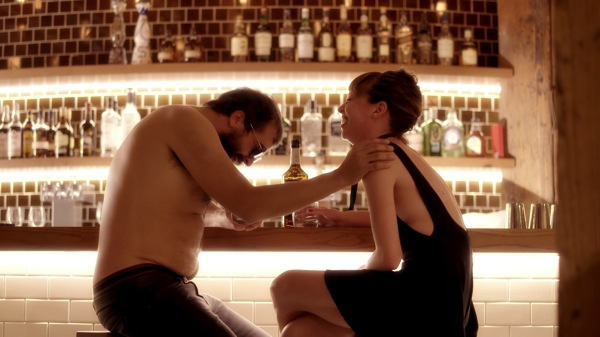
An Interior Lit with Two Lights, Part 2
In my last article I wrote about lighting a dramatic library scene using only two lights. Here’s how I lit a rich, dreamy bar scene using the same two lights.…

